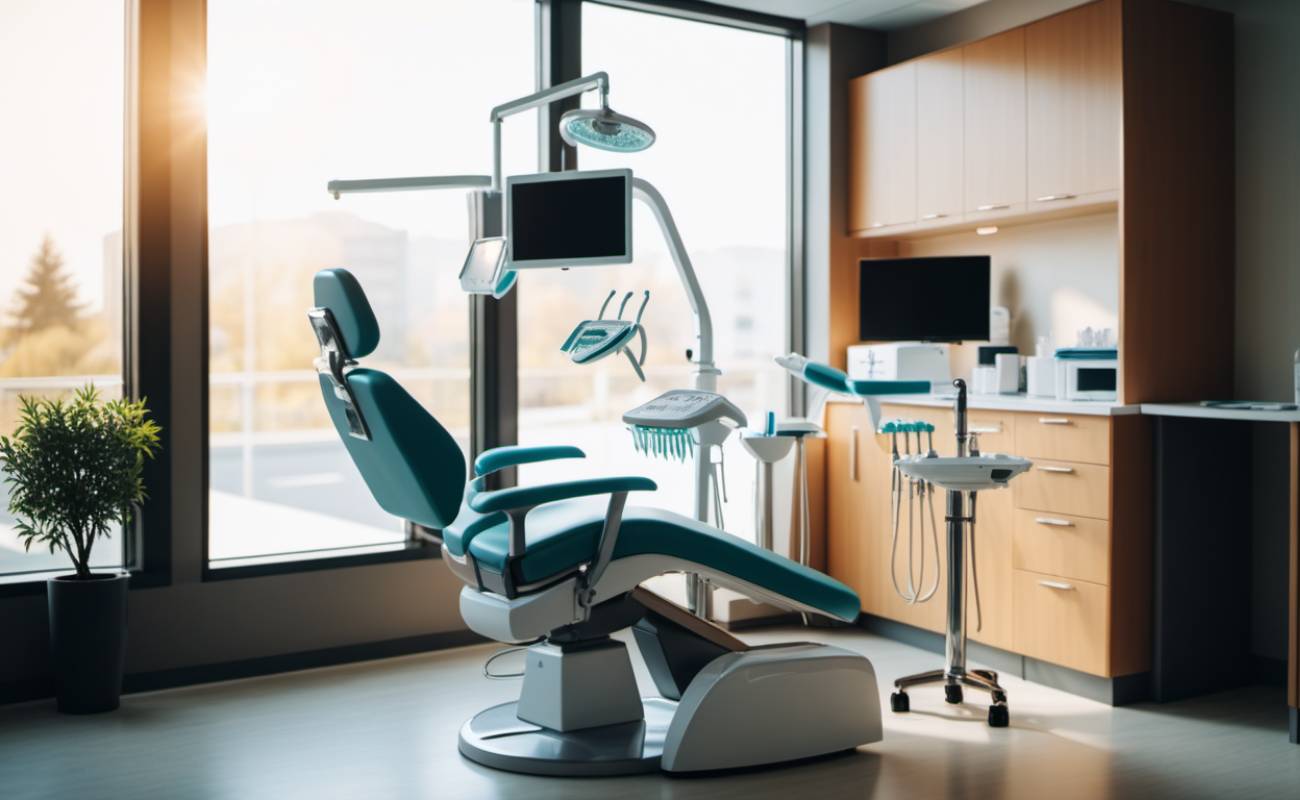
The quest for a perfect smile has led to advancements in orthodontic technology, offering a range of options to individuals seeking to straighten their teeth. Braces, once synonymous with metal wires and discomfort, have evolved into a diverse array of treatments catering to various needs and preferences. This article aims to provide a comprehensive guide to different types of braces, exploring the benefits, drawbacks, and suitability of each option to help individuals make informed decisions about their orthodontic journey.
I. Traditional Metal Braces
1. Overview:
Traditional metal braces have been the go-to option for decades and remain a popular choice for effective teeth alignment. They consist of metal brackets attached to each tooth, connected by a wire. Small elastic bands, known as ligatures, secure the wire to the brackets.
2. Pros:
– Effectiveness: Metal braces are highly effective in treating complex dental issues, including severe misalignments.
– Cost: Generally more affordable than some alternative options.
– Durability: Metal braces are robust and durable, with minimal risk of breakage.
3. Cons:
– Aesthetics: The most noticeable drawback is the visibility of metal braces, which can be a concern for those seeking a more discreet option.
– Discomfort: Initial discomfort and occasional irritation from wires and brackets are common.
II. Ceramic Braces
1. Overview:
Ceramic braces are similar to traditional metal braces but use tooth-colored or clear ceramic brackets, making them less noticeable. The wire can also be tooth-colored for enhanced aesthetics.
2. Pros:
– Aesthetics: Ceramic braces are more discreet than traditional metal braces, making them a preferred choice for individuals conscious about appearance.
– Effectiveness: Similar effectiveness to metal braces, suitable for addressing moderate to severe dental issues.
3. Cons:
– Cost: Ceramic braces are often more expensive than metal braces.
– Durability: While durable, the ceramic material may be more prone to staining or chipping compared to metal.
III. Lingual Braces
1. Overview:
Lingual braces are a hidden alternative to traditional braces. The brackets and wires are placed on the back (lingual) side of the teeth, making them virtually invisible from the front.
2. Pros:
– Invisibility: Lingual braces offer a discreet option for individuals concerned about the aesthetic impact of braces.
– Effectiveness: They are as effective as traditional braces in treating various orthodontic issues.
3. Cons:
– Discomfort: Lingual braces may cause initial discomfort, particularly with speech and tongue movement.
– Cost: Lingual braces are typically more expensive than traditional braces due to the customized nature of the treatment.
IV. Invisalign
1. Overview:
Invisalign is a revolutionary orthodontic treatment that uses a series of clear, removable aligners to gradually move the teeth into the desired position. Each set of aligners is worn for about two weeks before progressing to the next set.
2. Pros:
– Invisibility: Invisalign aligners are nearly invisible, offering a discreet option for those seeking a less noticeable treatment.
– Removability: Aligners can be removed for eating, brushing, and special occasions.
– Comfort: Invisalign typically causes less irritation compared to traditional braces.
3. Cons:
– Effectiveness: While effective for mild to moderate cases, Invisalign may not be suitable for severe orthodontic issues.
– Compliance: Success with Invisalign depends on the patient’s commitment to wearing the aligners for the recommended 20–22 hours per day.
V. Damon Braces
1. Overview:
Damon braces are a self-ligating system that eliminates the need for elastic ligatures. Instead, the brackets have a sliding mechanism that holds the wire in place.
2. Pros:
– Faster Treatment: Some patients experience faster treatment times compared to traditional braces.
– Comfort: Damon braces often cause less discomfort due to their self-ligating design.
– Fewer Adjustments: The absence of ligatures means fewer adjustments are needed.
3. Cons:
– Cost: Damon braces may be more expensive than traditional braces.
– Availability: Not all orthodontists offer Damon braces, limiting accessibility for some patients.
VI. Clear Aligners (Other than Invisalign)
1. Overview:
In addition to Invisalign, several other clear aligner brands, such as ClearCorrect and SmileDirectClub, offer similar treatments using a series of transparent, removable aligners.
2. Pros:
– Invisibility: Clear aligners provide a nearly invisible option for teeth straightening.
– Removability: Aligners can be removed for eating, brushing, and social occasions.
3. Cons:
– Effectiveness: Like Invisalign, clear aligners may not be suitable for severe orthodontic issues.
– Compliance: Success depends on the patient’s commitment to wearing the aligners consistently.
VII. Temporary Anchorage Devices (TADs)
1. Overview:
Temporary Anchorage Devices, or TADs, are small titanium screws placed into the jawbone to provide additional support and anchorage during orthodontic treatment.
2. Pros:
– Versatility: TADs can be used in conjunction with various orthodontic treatments to address complex issues.
– Reduced Need for Headgear: In some cases, TADs can replace the need for external headgear.
3. Cons:
– Invasiveness: The placement of TADs involves a minor surgical procedure.
– Cost: The use of TADs may increase the overall cost of orthodontic treatment.
Conclusion:
The world of orthodontics has evolved significantly, offering a range of braces to cater to diverse needs and preferences. Each type of brace comes with its own set of advantages and disadvantages, making it essential for individuals to consult with an orthodontic professional to determine the most suitable option for their specific case. Whether opting for the reliability of traditional braces, the discreet nature of ceramic or lingual braces, the flexibility of Invisalign, or the efficiency of Damon braces, the goal remains the same – achieving a confident, beautiful smile. Ultimately, the right choice depends on individual preferences, treatment goals, and the guidance of a knowledgeable orthodontist.







